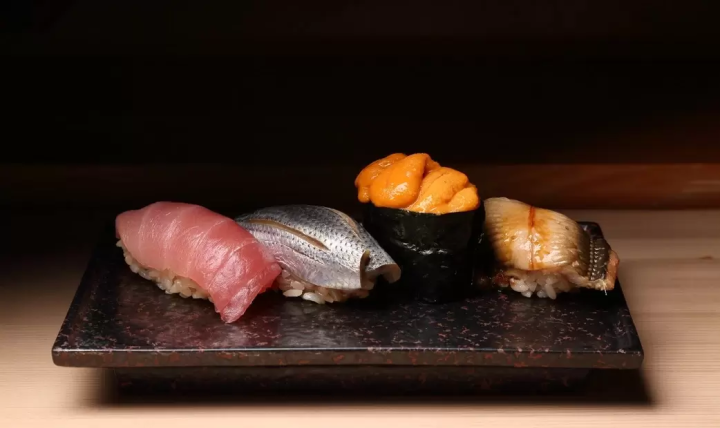Travel by train and rental bicycle! Okayama, Kurashiki, and Soja , 2 Tomari and 1 night trip

This is a two- Tomari , one-night course that uses public transportation to visit famous spots that give you a sense of the history of Okayama , Kurashiki, and Soja , such as Okayama Korakuen Garden , Kurashiki Kurashiki Kurashiki Bikan Historical Quarter, and Bitchu Kokubun-ji Tenmple , without using a car.
2 days and 1 Tomari
10 minutes on the Hakubi Line from JR Soja Station, get off at JR Kurashiki Station
Stay in Kurashiki City
5 minutes by tram from JR Okayama Station, get off at "Joka"
Spots introduced in this itinerary
Okayama Prefecture is located in the Center of Western Japan and is known as the "Land of Sunshine" due to its warm climate and little rain throughout the year. It's conveniently located halfway between famous tourist destinations like Kyoto, Osaka, and Hiroshima! It's also the gateway to Shikoku via the Seto. Okayama is also known as the "Fruit Okayama," and the fruits that are sun-drenched in the warm climate of the Setouchi are of the highest quality in terms of sweetness, aroma, and flavor. You can enjoy seasonal fruits such as white peaches, Muscat grapes, and Pione grapes! Okayama is also home to world-class tourist spots, including Okayama Castle, Okayama Korakuen Garden, one of Japan's three most famous gardens, and Kurashiki Bikan Historical Quarter, which boasts history, culture, and art!
The contents on this page may partially contain automatic translation.




























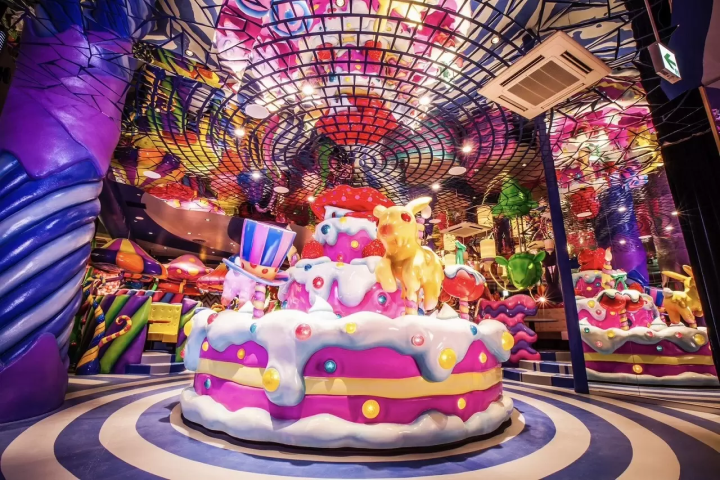
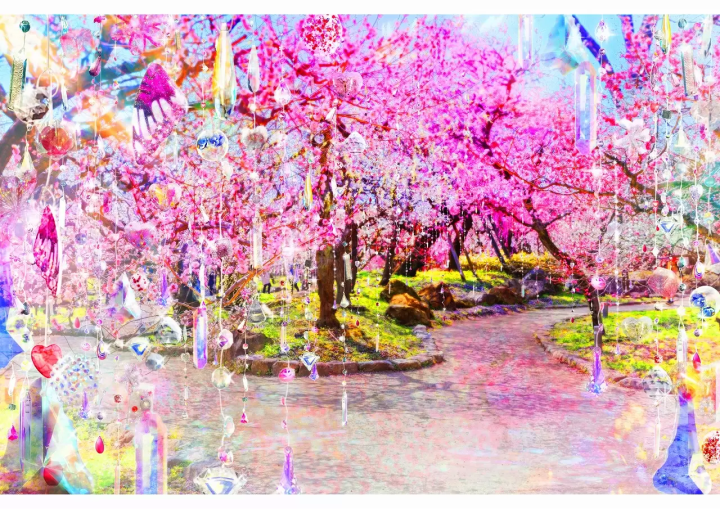
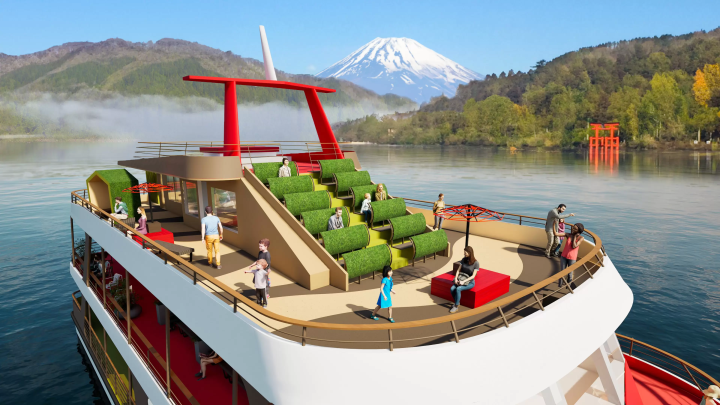







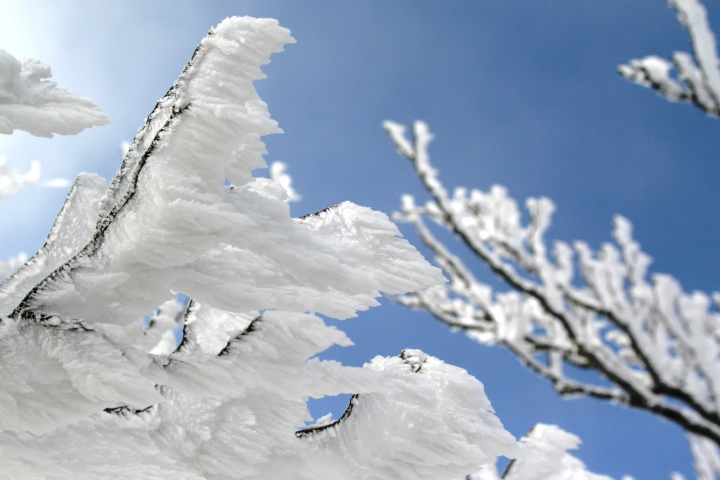
![[Latest] Complete Guide to atmos Exclusive Sneakers and Special Edition Models | Apparel and Upcoming Releases](https://resources.matcha-jp.com/resize/720x2000/2025/12/12-252706.webp)
![[2025-2026 Edition] Four Ski Resorts in Hyogo Prefecture Yabu City Opening on December 27th!](https://resources.matcha-jp.com/resize/720x2000/2025/11/28-251434.webp)
![[Next event confirmed! / Report] “Let’s Eat Tokyo Food”](https://resources.matcha-jp.com/resize/720x2000/2025/12/26-254125.webp)
